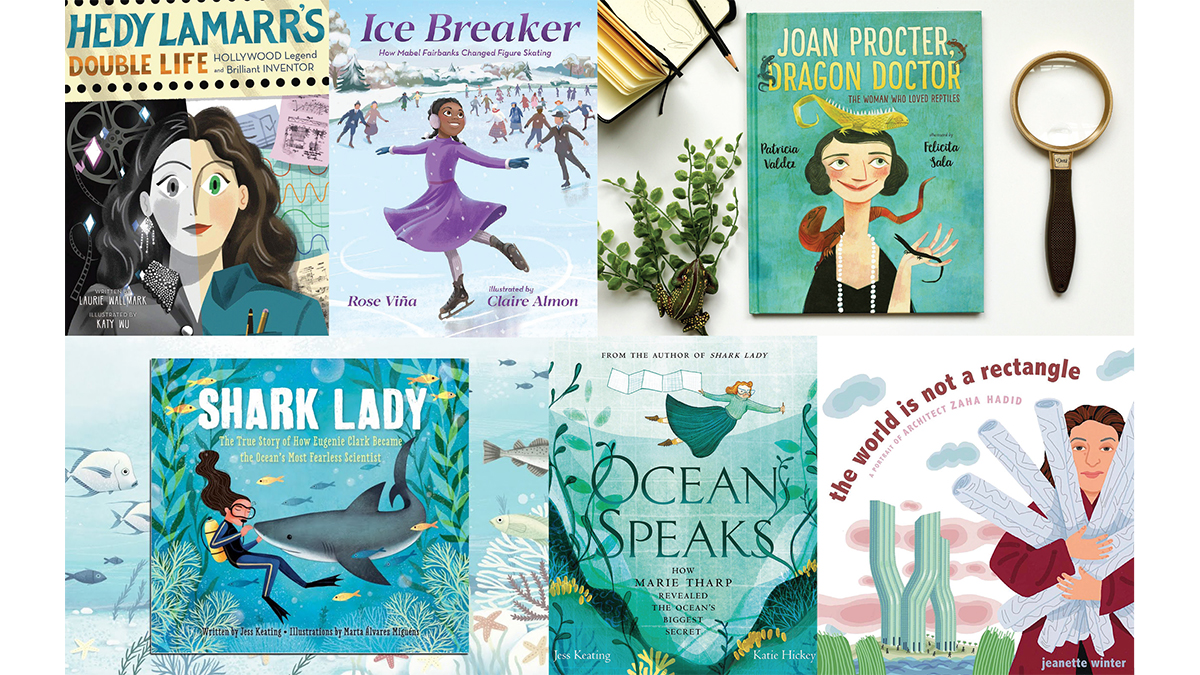Science 101
What Cycles in the Sky Can Students Observe?
Science and Children—November/December 2020 (Volume 58, Issue 2)
By Matthew Bobrowsky
Teaching Teachers
Up To the Moon!
Using engineering to explore the Moon’s height in the sky with future teachers
Science and Children—November/December 2020 (Volume 58, Issue 2)
By Pamela Lottero-Perdue and Cody Sandifer
Cross-curricular Connections
Science in the Literacy Block
A model for early elementary integrated instruction
Science and Children—November/December 2020 (Volume 58, Issue 2)
By Kimberly Lott and Sarah Clark
Editor's note
Using Literature in the Science Classroom
Science Scope—November/December 2020 (Volume 44, Issue 2)
By Patty McGinnis
Scope on the Skies
Family-Based Astronomy
feature
Chimborazo Then and Now
Using Historical Data to Demonstrate Effects of Global Climate Change on Plant Communities
Science Scope—November/December 2020 (Volume 44, Issue 2)
By Ron Gray, Dane Henderson and Natalie Rothenberg

feature
Moving Continents
A Middle School Plate Tectonics Unit
Science Scope—November/December 2020 (Volume 44, Issue 2)
By Jeff D. Thomas, Sally Valentino Drew and Kelsey Constantino

feature
Fact or Fiction
Developing Graphic Novels for Science
Science Scope—November/December 2020 (Volume 44, Issue 2)
By Krista L. Adams, Emily L. Zuccaro and Jilliane R. McCardle

feature
Utilizing Picture Books to Teach Through Notable Females in Science
Science Scope—November/December 2020 (Volume 44, Issue 2)
By Lisa M. Ciecierski, Jodie Styers, and Daniell DiFrancesa

Challenges for Science Teachers in Using Assessment Effectively With Their Students
By Jim McDonald
Posted on 2020-12-07


